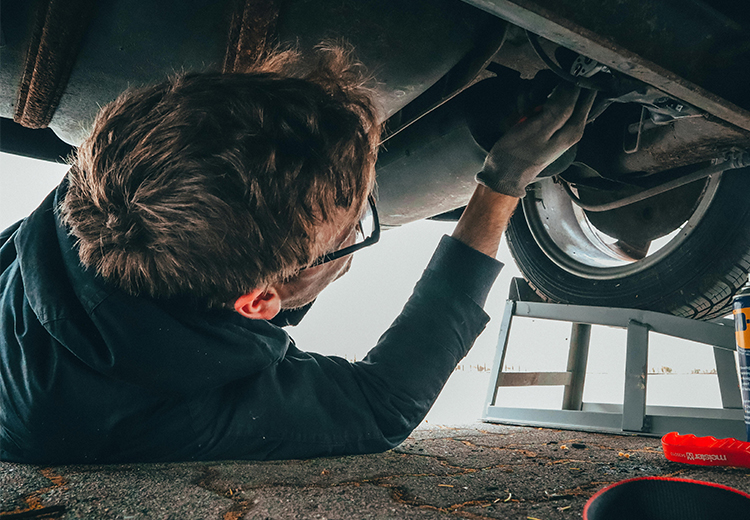
13925118983
Automotive diagnostic tools are all about figuring out how well a car works, making sure it’s safe, and checking out what’s coming out of the tailpipe. The field really covers a lot: everything from old-school devices with moving parts, to electronic gadgets, little lights and screens, and a fair bit of computer wizardry these days. Vehicles are complicated, so the equipment stacks up too. Here are a few you’ll find in most repair shops or garages
Engine diagnostic scanners are pretty familiar to anyone who’s peeked under a car hood. If the dreaded “check engine” light pops up, this is usually the first thing that comes out. It talks to the car’s onboard systems, pulling fault codes and checking stuff like fuel mixture or whether the ignition’s doing what it’s supposed to. Sometimes these gadgets are spot-on; sometimes, the problem ends up being something a bit stranger
Fault diagnostic tools take things a step further. Where an engine scanner is kind of like a doctor with a stethoscope, these are more like running a full-body scan at a hospital. They dig into not just the engine management stuff, but also electrics, sensors, and the layers of computers modern vehicles rely on. A bit intimidating, actually, but also pretty helpful
If you’re ever had your wheels shake on the highway, you’ll appreciate the job of the wheel balancer. It checks if the weight on the wheels is distributed the right way. With a little adjustment, hitting a bump at speed feels a lot less dramatic
A tyre tread depth gauge might look simple, but it speaks volumes about whether you’re about to slip and slide in the rain. Mechanics use it to peek at how much useful tread is left, making it easier to know when to swap tyres instead of just guessing
Exhaust gas analyzers are the tools everyone groans about during inspections. These check for nasty substances in exhaust—partly to make sure cars aren’t belching too much pollution, but also to spot lurking engine troubles

Brake force testers matter more than most people realize. These clever devices don’t just check if brakes stop you—they look at how the force gets distributed and whether all parts are pulling their weight. Safe stopping isn’t something you want to guess about
Headlamp testers aren’t glamorous, but if you’ve ever driven on a pitch-dark road, you know why they matter. These make sure lights—main beams, turn signals, brake lights—are shining bright and targeting the right spot
Suspension testers are up next. They bounce a vehicle around, literally, to see if it wobbles too much or feels loose. If things feel mushy or noisy on the road, it might be time to see what these testers reveal
For those curious about fuel bills, fuel consumption testing equipment is pretty handy. It gives a clear idea how thirsty a car really is, sometimes forcing a rethink about driving habits or maintenance routines
Shock absorber testers do a similar dance, evaluating how well those crucial parts soften bumps. If a car starts to feel like riding a pogo stick, this device can help pinpoint the issue
Vehicle performance test equipment is a bit broader. It looks at how quickly a car accelerates, what kind of power it can put down, and how much muscle it’s got when you really need it. Not every driver bothers with this, but enthusiasts love to see those numbers
Tyre nitrogen inflators are popping up more. They fill tyres with nitrogen instead of regular air, which some drivers swear keeps pressure steadier and makes tyres last longer
Composite material testing sounds high-tech, and it sort of is. With lightweight composites finding their way into car bodies and frames, inspecting for hidden cracks or damage becomes a lot more important than it used to be
Wind tunnel testing equipment is the gear you see in those dramatic slow-motion car ads—think of all that air flowing over the bodywork. These set-ups actually help fine-tune a vehicle’s shape to cut drag and keep things stable, especially at high speed
Using this variety of diagnostic tools isn’t just about chasing better numbers or ticking boxes. For anyone who drives, maintains, or builds vehicles, proper diagnostics actually make life easier. Issues get spotted before they get expensive, safety gets a well-deserved boost, and it feels good knowing the machine you rely on is up to the task
Some content is reposted from the internet. Copyright belongs to the original authors. If infringement occurs, please contact us for removal. Content involving franchising or investment carries risks - exercise caution when making decisions.
As an important piece of equipment in automotive maintenance, tyre nitrogen inflation machines have seen increasingly widespread use in recent years. They are mainly used to fill car tyres with nitrogen instead of regular air, thereby improving tyre performance and safety. Their principal function is to supply the tyres with the necessary nitrogen, with various types of nitrogen filling available according to specific application requirements. Furthermore, based on their functions and purposes, tyre nitrogen machines can be categorised into different types...
An automotive refrigerant recovery machine is an essential piece of equipment used to recover and process the refrigerant from a vehicle’s air conditioning system, ensuring it is handled correctly and in an environmentally responsible manner. Its operation is based on the processes of refrigerant recovery, recycling, and treatment, and involves several key steps...
Adjust the pressure setting on the air pump according to the tyre pressure values recommended by the vehicle manufacturer or indicated on the tyre itself. Generally, the recommended tyre pressure values can be found on the edge of the car door, inside the fuel filler flap, or in the vehicle owner’s manual.